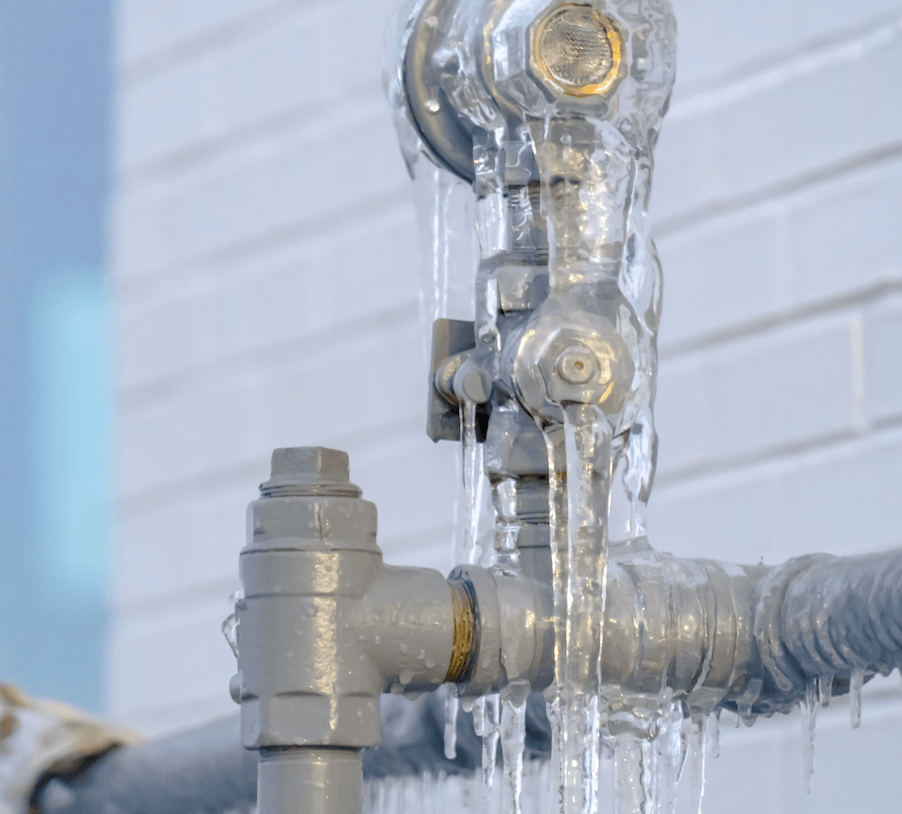Critical Approaches for Preventing Frozen Pipes in Winter
Critical Approaches for Preventing Frozen Pipes in Winter
Blog Article
The article author is making several great pointers related to 6 Ways to Prevent Frozen Pipes in general in this post which follows.

Cold weather can wreak havoc on your pipes, specifically by freezing pipelines. Right here's exactly how to prevent it from happening and what to do if it does.
Intro
As temperature levels decrease, the risk of icy pipelines increases, possibly bring about expensive repairs and water damages. Recognizing just how to avoid frozen pipelines is vital for property owners in cold environments.
Recognizing Frozen Pipelines
What triggers pipes to ice up?
Pipes freeze when subjected to temperatures listed below 32 ° F (0 ° C) for prolonged durations. As water inside the pipes freezes, it broadens, putting pressure on the pipeline walls and possibly causing them to break.
Dangers and problems
Frozen pipelines can bring about water system disturbances, residential or commercial property damage, and costly repairs. Burst pipes can flooding homes and cause comprehensive architectural damages.
Indicators of Frozen Water Lines
Determining frozen pipelines early can prevent them from breaking.
How to identify frozen pipes
Look for lowered water circulation from faucets, uncommon odors or sounds from pipelines, and noticeable frost on subjected pipes.
Prevention Tips
Shielding at risk pipelines
Wrap pipes in insulation sleeves or make use of warmth tape to secure them from freezing temperatures. Concentrate on pipelines in unheated or exterior locations of the home.
Home heating techniques
Maintain interior spaces adequately warmed, particularly locations with plumbing. Open up cupboard doors to permit warm air to circulate around pipelines under sinks.
Protecting Outside Pipes
Garden tubes and outdoor taps
Disconnect and drain yard hoses prior to winter months. Install frost-proof faucets or cover exterior faucets with protected caps.
What to Do If Your Pipelines Freeze
Immediate activities to take
If you believe frozen pipes, keep faucets open up to eliminate pressure as the ice melts. Make use of a hairdryer or towels soaked in warm water to thaw pipelines gradually.
Long-Term Solutions
Architectural modifications
Think about rerouting pipes far from outside wall surfaces or unheated areas. Include added insulation to attics, basements, and crawl spaces.
Updating insulation
Invest in top quality insulation for pipelines, attics, and walls. Correct insulation assists maintain constant temperatures and lowers the danger of icy pipes.
Final thought
Avoiding icy pipes needs proactive procedures and fast reactions. By recognizing the causes, indications, and safety nets, property owners can secure their pipes during winter.
5 Ways to Prevent Frozen Pipes
Drain Outdoor Faucets and Disconnect Hoses
First, close the shut-off valve that controls the flow of water in the pipe to your outdoor faucet. Then, head outside to disconnect and drain your hose and open the outdoor faucet to allow the water to completely drain out of the line. Turn off the faucet when done. Finally, head back to the shut-off valve and drain the remaining water inside the pipe into a bucket or container. Additionally, if you have a home irrigation system, you should consider hiring an expert to clear the system of water each year.
Insulate Pipes
One of the best and most cost-effective methods for preventing frozen water pipes is to wrap your pipes with insulation. This is especially important for areas in your home that aren’t exposed to heat, such as an attic. We suggest using foam sleeves, which can typically be found at your local hardware store.
Keep Heat Running at 65
Your pipes are located inside your walls, and the temperature there is much colder than the rest of the house. To prevent your pipes from freezing, The Insurance Information Institute suggests that you keep your home heated to at least 65 degrees, even when traveling. You may want to invest in smart devices that can keep an eye on the temperature in your home while you’re away.
Leave Water Dripping
Moving water — even a small trickle — can prevent ice from forming inside your pipes. When freezing temps are imminent, start a drip of water from all faucets that serve exposed pipes. Leaving a few faucets running will also help relieve pressure inside the pipes and help prevent a rupture if the water inside freezes.
Open Cupboard Doors
Warm your kitchen and bathroom pipes by opening cupboards and vanities. You should also leave your interior doors ajar to help warm air circulate evenly throughout your home.

I'm very serious about How to Prevent Your Pipes From Freezing and I really hope you enjoyed the new page. Are you aware of somebody who is curious about How to prepare your home plumbing for winter weather? Why not promote it. We love your readership.
Visit Page Report this page